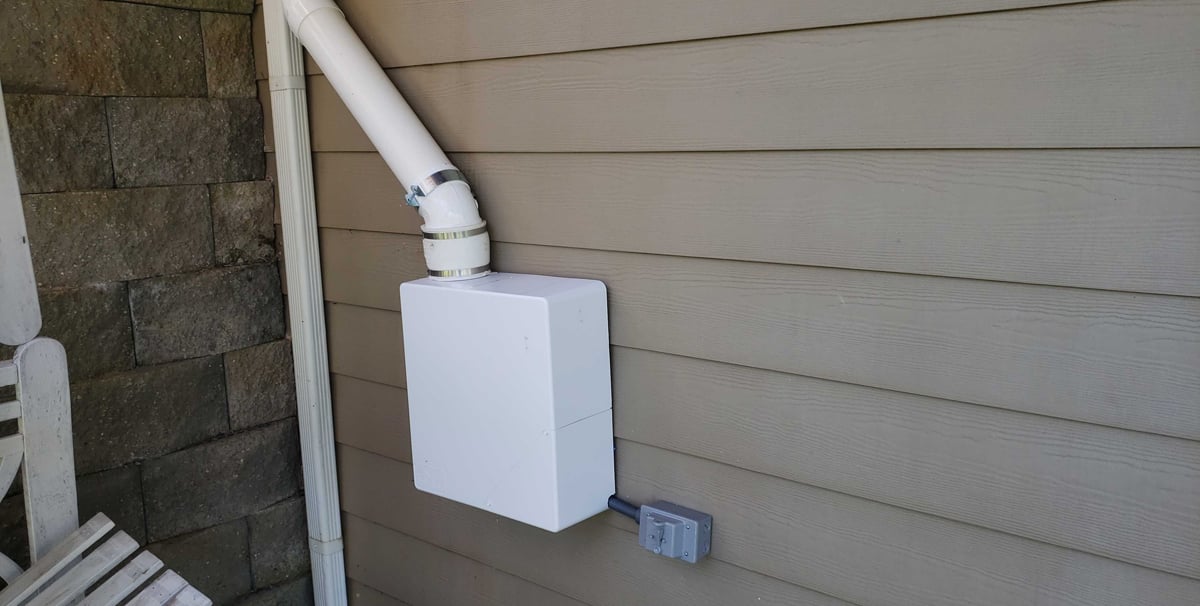United States EPA
Is radon really bad for you?
Breathing radon over time increases your risk of lung cancer. Radon is the second leading cause of lung cancer in the United States. Nationally, the EPA estimates that about 21,000 people die each year from radon-related lung cancer. Only smoking causes more lung cancer deaths.
If https://radon1.com/do-open-windows-reduce-radon-levels/ you can maintain your indoor radon levels at 2 pCi/L or reduced, you'll face very low increased danger of developing lung cancer because of radon. Only two non-smokers out of 1,000 will develop lung cancer cells particularly due to the exposure when you get to the 1.3 pCi/L level that is regular for indoor air.
As uranium hidden in globs of dirt and also pebbles damage down with time, radon gas is released as part of the contaminated degeneration. Once it's devoid of the dirt, it has numerous paths to enter the ordinary home with splits in the structures, spaces in very first floor as well as basement wall surfaces, seams around windows, and various other comparable openings.
Is radon mitigation really necessary?
When radon gas enters the body, it exposes the lungs to small amounts of radiation. In small quantities, experts say this is harmless. However, in persistent exposures or larger quantities, radon can damage the cells of the lining of the lungs, increasing a person's chance of developing lung cancer.
We walk outside and also operate in the sunlight, exposing ourselves to ultraviolet radiation and also enhancing our danger of creating skin cancer cells. We drive in autos virtually everyday although higher than 1 in 86 deaths is an outcome of car mishaps. Individuals smoke, consume improperly, as well as engage in unsafe behaviors on a daily basis. To some degree, radon gas is one more everyday risk that most of us should take.
- Your risk of lung cancer enhances substantially with direct exposure to higher radon levels.
- Radon gas is a naturally-occurring by-product of the radioactive decay of Uranium in the soil.
- Depending on your geographic area, the radon levels of the air you take a breath outside of your home might be as high as 0.75 pCi/L.
- The national average of outside radon degrees is 0.4 pCi/L and also it is estimated by the National Academy of Sciences that outside radon levels create around 800 of the 21,000 radon caused lung cancer deaths in the US annually.
- The United States EPA has placed it clearly, mentioning, "Any radon direct exposure has some risk of triggering lung cancer.
How do you eliminate radon?
Possible symptoms include shortness of breath (difficulty breathing), a new or worsening cough, pain or tightness in the chest, hoarseness, or trouble swallowing. If you smoke and you know you've been exposed to high levels of radon, it's very important to quit smoking.
In the US, about 14 states have a state radon programs which train as well as license radon reduction contractors as well as radon dimension specialists. To determine if your state licenses radon professionals contact your state health and wellness division. Without the appropriate devices or technical understanding, radon levels can really raise or create other potential risks and also extra costs. A list of qualified reduction provider is offered with state radon workplaces, which are provided on the EPA web site at/ radon/whereyoulive. html.
What are the symptoms of radon in your home?
If a person has been exposed to radon, 75 percent of the radon progeny in lungs will become "harmless" lead particles after 44 years. When an alpha particle damages a cell to make it cancerous, the onset of lung cancer takes a minimum of 5 years but most often 15 to 25 years, and even longer.

However, you pick what you eat, whether you smoke, and just how and also when you drive. A basic and economical radon examination can offer you the details you need to make an enlightened decision regarding what level of radon gas exposure is acceptable to you. While any type of amount of direct exposure to radon gas constitutes a health and wellness threat, your dangers of contracting lung cancer cells decrease dramatically as radon levels reduce.
How long does it take for radon to cause cancer?
Fact: You will reduce your risk of lung cancer when you reduce radon levels, even if you've lived with an elevated radon level for a long time. Keep in mind that radon levels below 4 pCi/L still pose some risk and that radon levels can be reduced to 2 pCi/L or below in most homes.